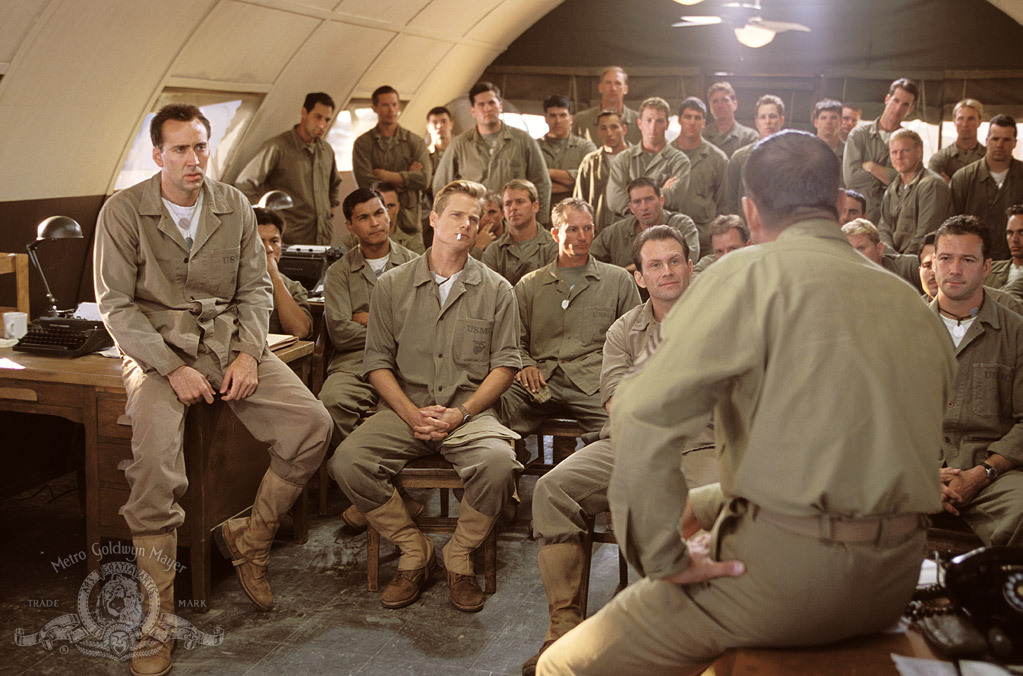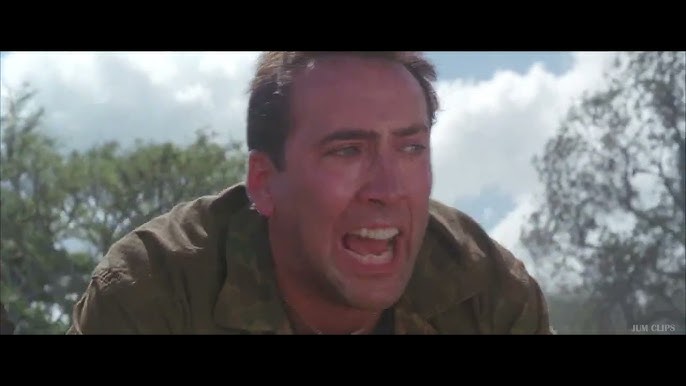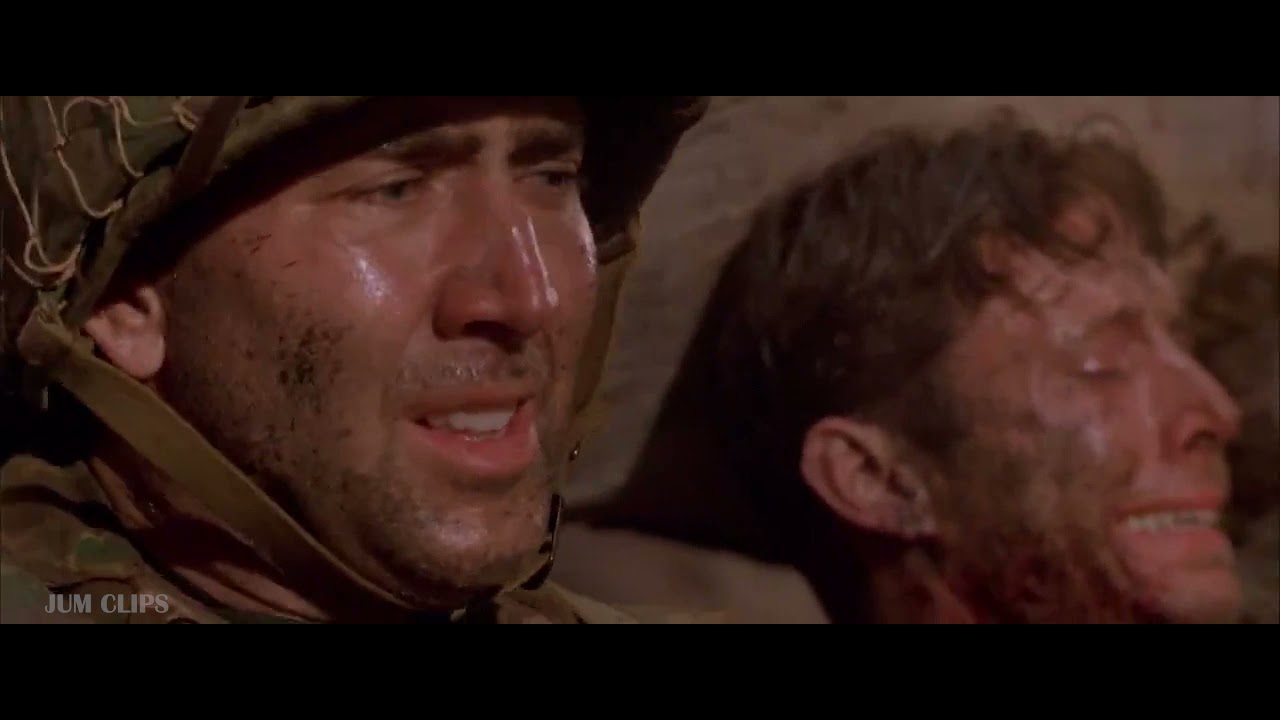🎬 Windtalkers (2002)

Windtalkers (2002) Review
Introduction
Directed by John Woo, Windtalkers (2002) is a war drama that spotlights the role of Navajo Code Talkers during World War II. Featuring Nicolas Cage, Adam Beach, and Christian Slater, the film combines visceral action with an underexplored aspect of military history. While its intense battle sequences and focus on camaraderie offer compelling moments, Windtalkers has faced criticism for sidelining its most unique element—the Navajo Code Talkers—in favor of conventional war movie tropes.
Plot Overview
The film is set during the Pacific campaign of World War II and follows Sergeant Joe Enders (Nicolas Cage), a battle-hardened Marine recovering from physical and psychological trauma. He is assigned to protect Navajo Code Talker Ben Yahzee (Adam Beach), whose role is to transmit vital messages in an unbreakable code based on the Navajo language.
As Enders and Yahzee forge an uneasy bond amidst brutal combat, they grapple with the moral complexities of war. Enders is tasked with ensuring the code’s security, even if it means killing Yahzee to prevent its capture. The film culminates in a climactic battle on Saipan, where questions of loyalty, sacrifice, and duty are brought to the forefront.
Strengths
1. Visceral Action Sequences
John Woo’s signature style is evident in the film’s meticulously choreographed battle scenes. From intense firefights to explosive set pieces, the action is both gripping and immersive, capturing the chaos and brutality of war.
2. Adam Beach’s Heartfelt Performance
Adam Beach delivers a standout performance as Ben Yahzee, portraying the character’s courage, humanity, and inner conflict with sincerity. His portrayal adds emotional weight to the story, providing a glimpse into the experiences of Navajo Code Talkers.
3. Exploration of Brotherhood
The evolving relationship between Enders and Yahzee serves as the emotional core of the film. Their journey from mistrust to mutual respect highlights themes of camaraderie and cultural understanding.
4. Unique Historical Premise
The film brings attention to the often-overlooked contributions of Navajo Code Talkers, whose unbreakable code played a pivotal role in the Allied victory in the Pacific.
Weaknesses
1. Marginalization of Code Talkers
Despite its premise, the film devotes more attention to Enders’s arc than to the Code Talkers themselves. This decision undermines the opportunity to fully explore the cultural and historical significance of their role.
2. Conventional War Movie Tropes
The narrative relies heavily on familiar war movie clichés, such as the reluctant hero, the loyal sidekick, and the climactic self-sacrifice. These elements detract from the film’s potential to deliver a fresh perspective.
3. Uneven Pacing
The film’s pacing falters in its quieter moments, with extended lulls between action sequences. These slower sections could have been used to delve deeper into character development and the Code Talkers’ experiences.
4. Underdeveloped Supporting Characters
While the central duo is well-portrayed, the supporting cast lacks depth. Characters like Ox Anderson (Christian Slater) and Charlie Whitehorse (Roger Willie) have limited screen time and minimal backstory, diminishing their impact on the narrative.
Themes and Symbolism
1. Cultural Identity and Sacrifice
The film touches on the challenges faced by Navajo soldiers, who fought for a country that often marginalized them. Yahzee’s pride in his heritage contrasts with the prejudice he encounters, highlighting the paradox of their contributions.
2. The Burden of Duty
Enders’s internal conflict—protecting Yahzee while being prepared to kill him—underscores the moral dilemmas inherent in war. This theme is central to the film’s exploration of loyalty and sacrifice.
3. The Cost of War
Through its graphic depictions of battle and its focus on personal loss, the film emphasizes the devastating physical and emotional toll of war on individuals and communities.
Visual and Technical Aspects
1. Cinematography
Jeffrey L. Kimball’s cinematography captures both the beauty of the Pacific landscapes and the harrowing reality of war. The contrast between serene backdrops and violent combat adds visual depth to the narrative.
2. Sound Design
The film’s sound design heightens the intensity of its battle scenes, with realistic gunfire, explosions, and ambient noise immersing viewers in the chaos of combat.
3. Score
James Horner’s score complements the film’s emotional beats, blending somber tones with soaring melodies that underscore its themes of heroism and loss.
Final Verdict
Windtalkers (2002) is an ambitious war film that sheds light on an important chapter of military history. While its action sequences and performances are commendable, the film falls short of fully realizing its potential, sidelining the Navajo Code Talkers in favor of a more conventional narrative. For viewers interested in World War II stories or John Woo’s signature style, Windtalkers offers an engaging but imperfect experience.
Rating: 7/10